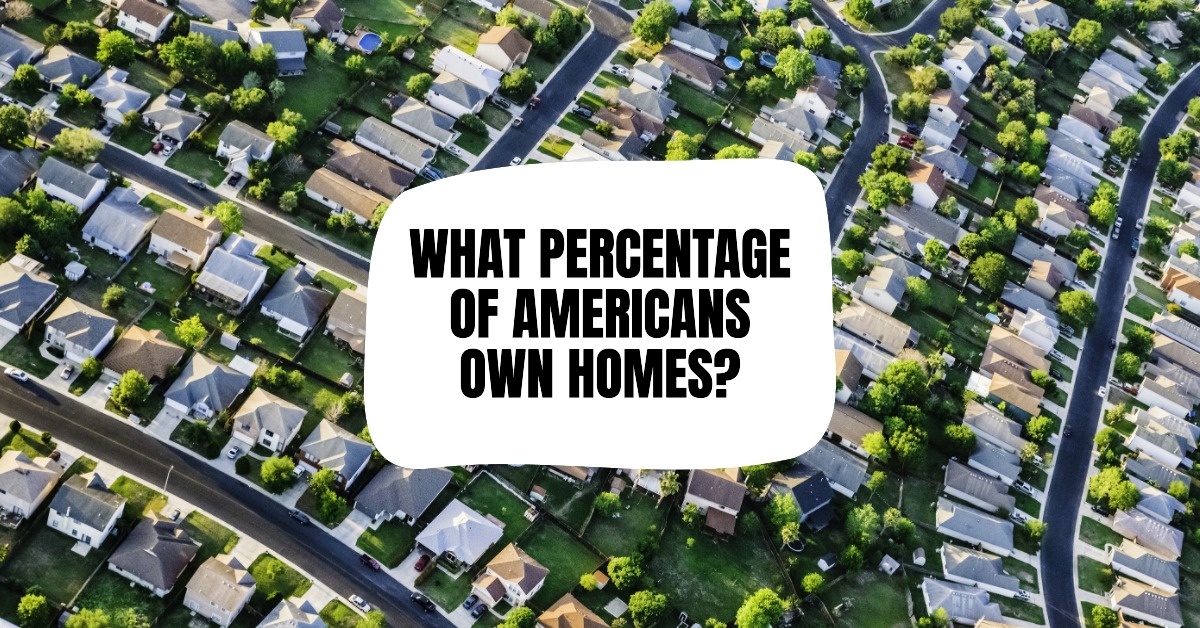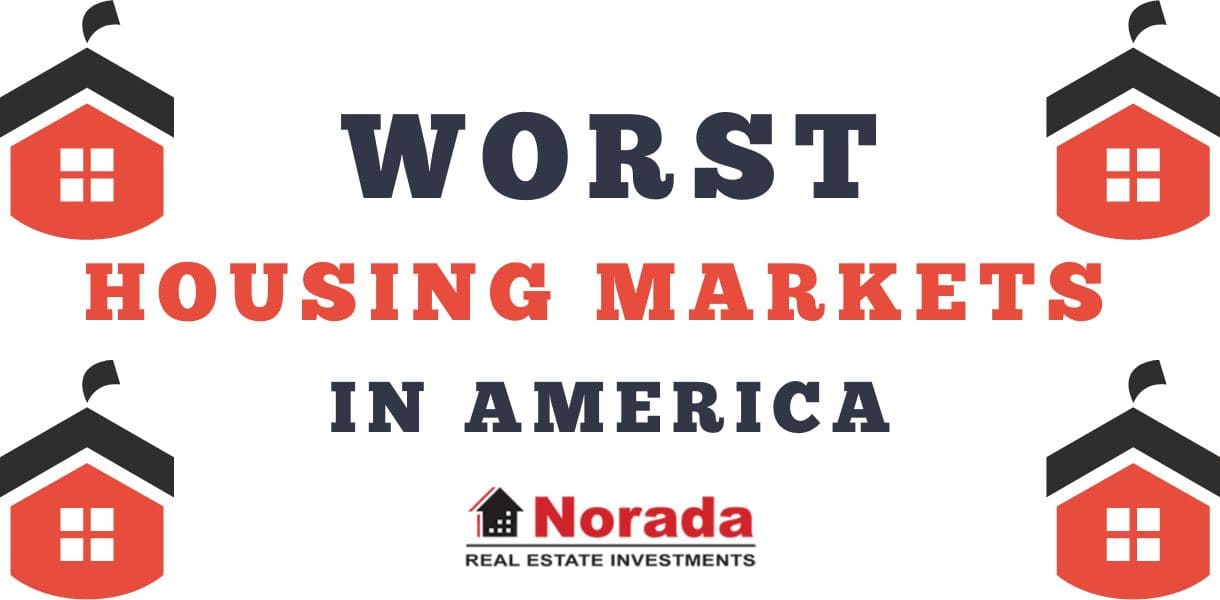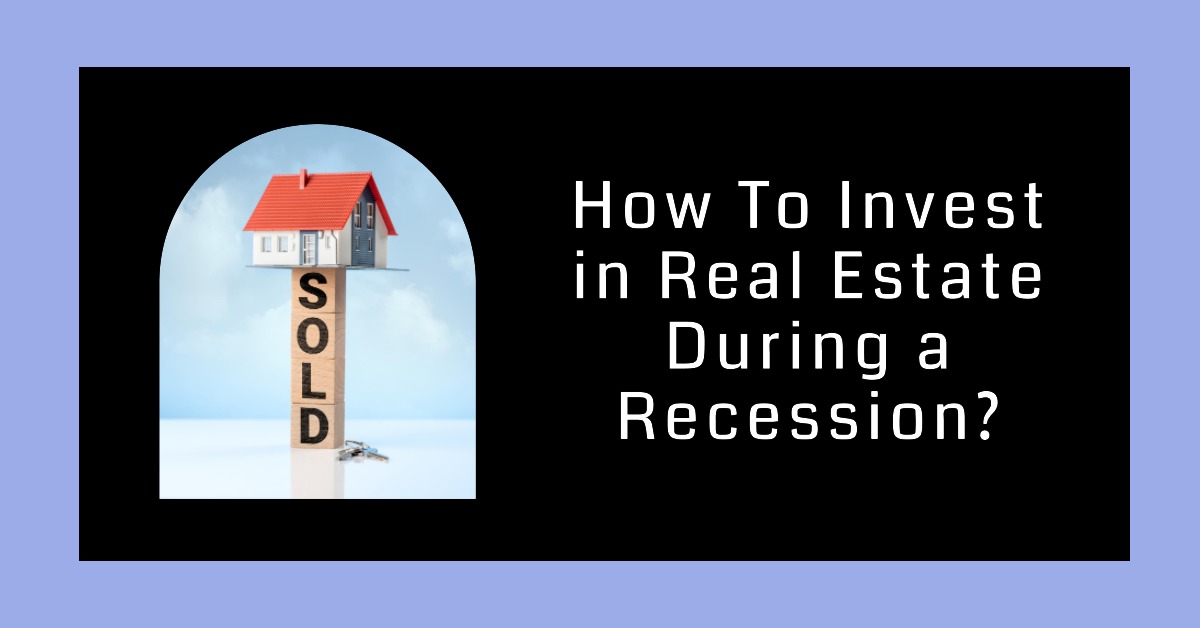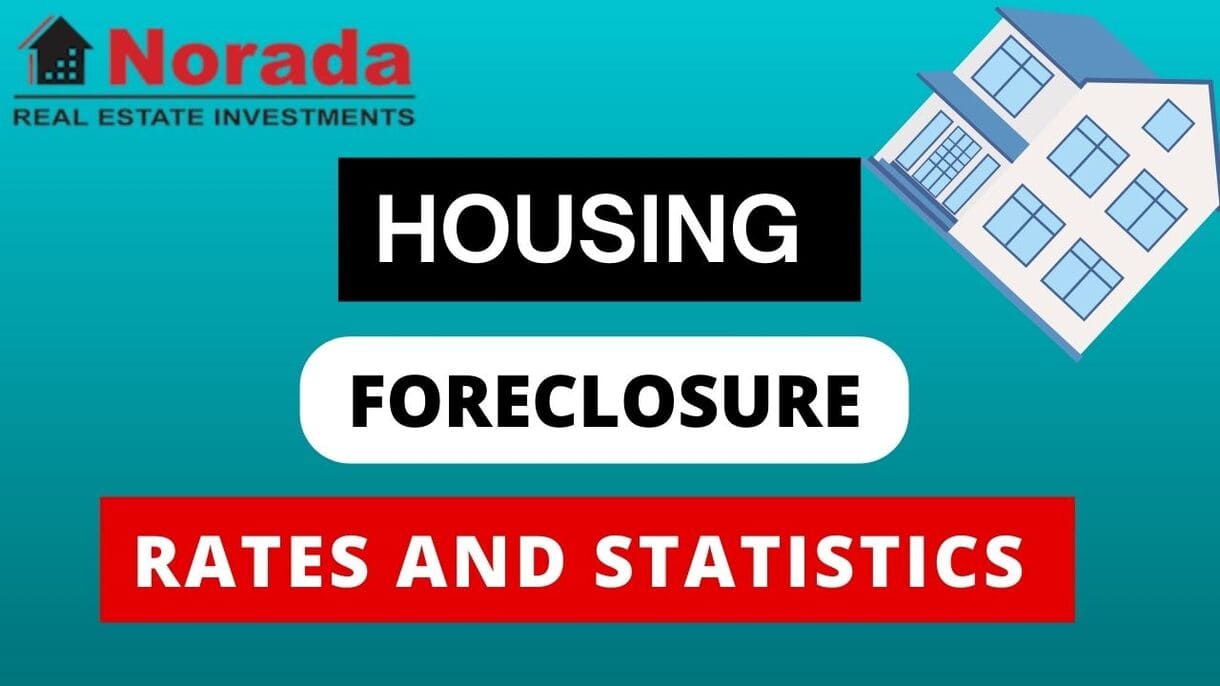Curious about homeownership rates in the US? We reveal the percentage of Americans who own homes. The concept of homeownership has long been intertwined with the American Dream. For decades, owning a home has symbolized financial stability, personal achievement, and a sense of belonging within a community. However, the percentage of Americans who own homes has fluctuated over time, influenced by various economic, social, and political factors.
In the years following World War II, the United States experienced a significant surge in homeownership rates. This increase was largely due to:
- The G.I. Bill, which provided veterans with low-cost mortgages
- Suburban development and expansion
- Economic prosperity and rising incomes
By the late 1960s, the homeownership rate in America had reached approximately 65%, a figure that would remain relatively stable for several decades.
So, What Percentage of Americans Own Homes as of Q3 2024?
It's a question that gets at the heart of the American dream, and the answer, as of the third quarter of 2024, sits at 65.6 percent. Yes, that's right, roughly two-thirds of Americans call a place they own home. It's a number that might seem straightforward at first, but trust me, it's a figure that hides a lot of fascinating stories about who's buying, where they're buying, and what it all means for the future.
Diving Deeper than the Headline:
Now, that 65.6% is the average figure for the whole country, but things get a whole lot more interesting when you start breaking that number down. It’s not like a monolith; it changes based on where you live, your age, your race, and, of course, your income.
- Regional Differences: Where you live plays a big role in whether you're likely to own a home. If you're in the Midwest, you’re more likely to be a homeowner, with a rate of 70.1 percent. On the other hand, the West has the lowest rate at just 61.0 percent. It's not a complete surprise, though. We have to remember that the West Coast includes some of the most expensive real estate markets in the entire country.Here's the regional breakdown:
- Midwest: 70.1%
- South: 67.2%
- Northeast: 62.2%
- West: 61.0%
I've always found the regional variations fascinating. Growing up, I assumed everyone wanted to own a home, but when you look at the West, for example, you realize that housing affordability plays a huge role. It makes you wonder about the trade-offs people are making.
- Age Matters: Unsurprisingly, your age greatly impacts your likelihood of owning a home. If you're under 35, you're the least likely to be a homeowner with a rate of just 37.0 percent. Now that's understandable as younger folks are usually starting out in their careers and often saddled with student loan debts, making it hard to save up for a down payment. The older you get, the more likely you are to own your own place, with those 65 and older leading the charge at 79.1 percent. It makes sense; older folks have had more time to build their careers and savings and, hopefully, achieve that milestone.Here's how it breaks down by age:
- Under 35: 37.0%
- 35 to 44: 62.3%
- 45 to 54: 69.7%
- 55 to 64: 75.9%
- 65 and over: 79.1%
As someone who's navigated the tricky waters of homebuying, I can appreciate the challenges young people face today. It’s not just about the price of homes, it’s also about job stability, the rising cost of living, and the burden of debt.
- Race and Ethnicity: It's unfortunate but true: race and ethnicity also play a significant role in homeownership rates. Non-Hispanic White householders have the highest rate at 74.2 percent, while Black householders have the lowest at 45.7 percent. This gap is a persistent issue, often reflecting the lasting impacts of historical inequities.Here’s a closer look at the numbers:
- Non-Hispanic White Alone: 74.2%
- Asian, Native Hawaiian and Pacific Islander Alone: 62.5%
- All Other Races: 57.7%
- Hispanic (of any race): 48.8%
- Black Alone: 45.7%
These differences aren't just numbers, they highlight systemic issues that we still need to address as a society. Equal access to credit and resources is absolutely crucial.
- Income Matters, a Lot: No surprise here, your income significantly impacts your ability to buy a home. Households with incomes above the median have a solid 78.5 percent ownership rate, compared to those below the median at just 52.7 percent. It's a stark reminder that homeownership often hinges on financial stability.
Vacancy Rates – A peek behind the curtain
The homeownership rate is just one side of the coin. It is also useful to consider the vacancy rates as it often highlights trends within the housing market.
- Homeowner Vacancy Rate: The national homeowner vacancy rate sits at 1.0 percent. That means only about 1% of homes are vacant and up for sale. That might sound low, but it's actually up a bit from 0.8 percent last year. A higher vacancy rate suggests more homes are available, which can sometimes be a precursor to a cooling housing market.
- Rental Vacancy Rate: Now, here’s where things get more interesting. The rental vacancy rate is much higher at 6.9 percent. This figure hasn't changed much over the last year, remaining pretty steady. These numbers highlight that even though there's a fair number of vacant rentals, many are still out of reach for people looking for affordable homes, which is a concern.
Median Asking Price and Rent – The affordability factor:
Let’s also consider the asking price of vacant homes and median asking rent. These factors have a huge impact on the ability of potential buyers to purchase and potential tenants to find affordable rentals.
- Median Asking Sales Price: The median price for a vacant house on sale is around $373,700. That’s a pretty steep figure, right? It shows how competitive the market is and how challenging it can be for first-time buyers to get their foot in the door.
- Median Asking Rent: On the rental front, the median rent is roughly $1,523. This certainly makes you realize why some people are stuck in rental cycles and why housing affordability is such a hot topic.
Analyzing the Trends:
The numbers tell a story, but what are the underlying trends? Here are some thoughts based on my understanding.
- The American Dream is Shifting: It's clear that the old idea of everyone being able to buy a home may need to be adjusted. It's not that people don't want to own homes; it's that the economic realities are creating hurdles for many. More and more young people seem to be choosing to rent and not because they want to but simply because they cannot afford to buy. This has broader implications for the long-term financial security of many people.
- The Housing Market is Still Volatile: The slight increase in the homeowner vacancy rate and the high prices suggests a dynamic housing market that hasn't fully stabilized since the last recession. This can cause anxiety for potential buyers as prices do fluctuate based on market conditions.
- Regional Disparities Persist: The significant differences in homeownership rates across regions highlight that local economic conditions and housing policies play a critical role. It's not enough to look at national numbers; we also need to pay attention to regional-level challenges.
- Equity Gaps Remain: The disparity in homeownership rates between different racial groups is a deep-rooted problem that needs immediate attention. It points to the necessity of more programs and policies aimed at promoting equal opportunity and addressing systemic barriers.
Why These Numbers Matter:
Okay, so why should you, or anyone else, care about all these percentages and figures? Well, it’s not just about owning a house. It's about more than that.
- Economic Stability: Homeownership is often a cornerstone of personal wealth building and financial security for individuals and families. When rates dip, it can have a ripple effect on the broader economy.
- Community Development: Homeowners tend to be more invested in their communities. They care about local schools, safety, and civic engagement. The drop in homeownership could potentially impact the vitality of some communities.
- Social Equity: Equal access to homeownership is a matter of social justice. It’s important that everyone has a fair chance to achieve their dreams, regardless of their race, ethnicity, or income.
Looking Ahead:
The data I've discussed here paints a pretty clear picture of the current state of homeownership in America. While the overall rate is relatively stable, the underlying trends suggest that we need to look deeper into housing affordability and access. As I look ahead, I'm hopeful that we can find creative solutions to address these issues and help ensure more people can achieve the dream of homeownership. Maybe that means thinking outside the box with new types of housing policies, more support for first-time buyers, or even exploring innovative housing solutions.
Challenges to Homeownership
Affordability Crisis
One of the most significant barriers to homeownership in recent years has been the affordability crisis. Factors contributing to this issue include:
- Rapid home price appreciation outpacing wage growth
- Limited housing inventory, particularly in desirable urban areas
- Rising construction costs
- Increased competition from investors and cash buyers
Down Payment and Credit Requirements
Many potential homebuyers struggle with:
- Saving for a substantial down payment
- Meeting stringent credit score requirements
- Qualifying for mortgages due to debt-to-income ratios
These factors disproportionately affect younger buyers and those from lower-income backgrounds.
Generational Challenges
Millennials and Gen Z face unique obstacles to homeownership:
- Student loan debt burden
- Delayed career advancement and wage growth
- Preference for flexibility and urban living
- Impact of the 2008 financial crisis on financial attitudes
The Future of Homeownership in America
Projected Trends
Experts predict that homeownership rates may continue to face challenges in the coming years due to:
- Ongoing affordability issues in major metropolitan areas
- Potential economic uncertainties
- Shifting demographics and household formation patterns
However, factors that could boost homeownership include:
- Technological innovations in mortgage lending
- Increased focus on affordable housing policies
- Potential shifts in remote work allowing for relocation to more affordable areas
Policy Considerations
To address homeownership disparities and overall rates, policymakers may consider:
- Expanding down payment assistance programs
- Implementing zoning reforms to increase housing supply
- Developing innovative financing options for non-traditional buyers
- Addressing racial and ethnic disparities in lending practices
Summary: The percentage of Americans who own homes has remained relatively stable in recent years, hovering around 65-66%. However, this figure masks significant variations across demographic groups, ages, and regions. As the country continues to grapple with affordability challenges and changing social norms, the future of homeownership in America remains a topic of ongoing debate and policy consideration.
Read More:
- Rent-to-Own Homes in NYC: A Pathway to Homeownership
- Do You Know What Percentage of Homeowners Have No Mortgage?
- Will Housing Affordability Improve?
- Housing Market Predictions for the Next 2 Years
- Housing Market Predictions for Next 5 Years (2025-2029)
- Housing Market Predictions: 8 of Next 10 Years Poised for Gains
- Don't Panic Sell: Here's What Current Housing Market Trends Predict




